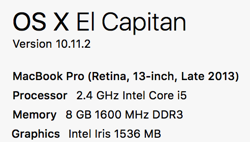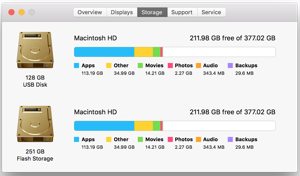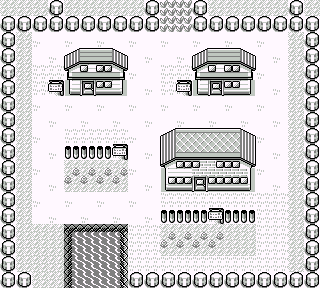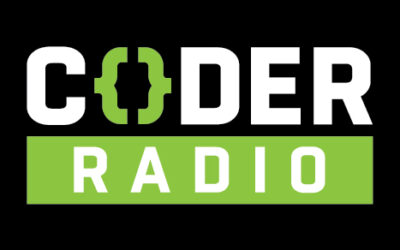My dev machine is a “Late 2013” 13 inch Macbook Pro. The machine has more or less been serving me well, despite the occasional kernel panic — these crashes tend to happen when I need to have Android Studio and an Xcode project with a substantial storyboard open at the same time. If you’re interested in more detailed specs, take a look below:

My one major problem since about three months after I got the Macbook has been the insuficient amount of storage that I speced it with at the time purchase. After finding out that Apple will no longer perform a harddisk upgrade as a service at the Genius bar and I didn’t feel particularly confident in opening up my machine myself, so I started looking for alternate solution. After hearing about TarDisk on Twitter, I decided to order one of their 128GB kits and give upgrading my Mac a shot.
Right off the bat, I got a less than great feeling about the product. It came in pretty cheap looking packaging and the instructions looked like they were printed out on a home class inkjet printer. The device itself is a non-descript silver wedge, meant to go in the SD slot of the computer. To be honest, after unpacking the device I sat at my desk with it and the packing out for a few minutes and considered just sending it back. After my few minutes of doubt, I decided to go for it.
After following the instructions that basically amount to closing all applications nad restarting my Mac, I attempted to inster the device into my Macbook — it got stuck. I had to power down and get a thumbtack to wedge the device out. Again, I considered just bailing out on this process but ultimately decided to give it another go, because I’m crazy apparently. After finally getting the TarDisk into the mac and waiting about forty-five seconds and again remove it, since the device was not recognized by MacOS which is what the instructions state should happen automatically on insertion.
Inserting it a second time got MacOS to recognize the TarDisk and I was able to run the tool as described in the instructions. After a few minutes, the process was complete:
As you can see, I do indeed have the additional hard disk storage. Despite the rough installation, the TarDisk does seem to work as advertised and, though it will take some months to tell for sure, seems to not have had any adverse effect on the general stability of the system.
While I won’t go as far as to recommend TarDisk just yet, I can say that it’s an affordable option worth taking a look at if you don’t mind taking a bit of risk. Obviously, there’s plenty of room for the team at TarDisk to improve the installation process and it might be interesting to see a revised version of this product with some of the rough edges smooted out a bit.
Update: For those concerned about benchmarks, there’s been no noticeable degredation in performance on regular use but my needs are not particulary high-end. However, if you’re doing video encoding or something like this, you probably want a different solution. Take a look at this review from Digital Trends where they benchmark it but again if you care at all about disk IO performance beyond your system drive, I’d still contend you’re better off just doing the full SSD upgrade.







